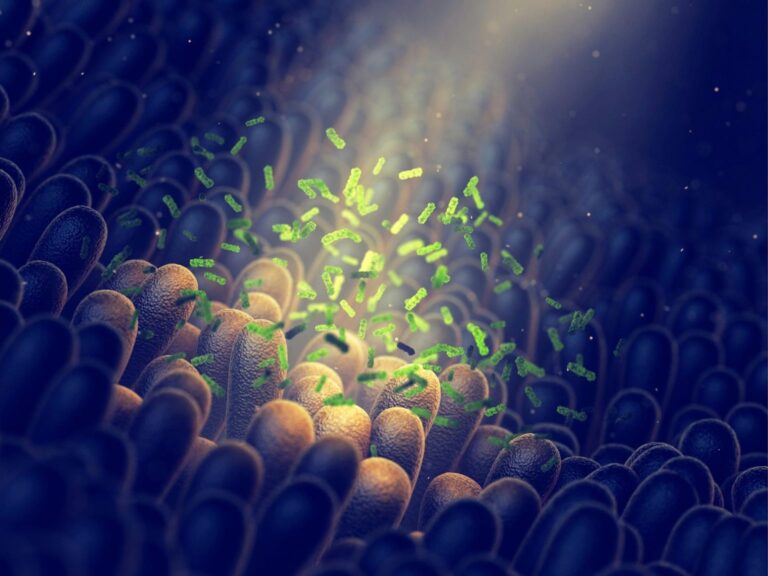In a groundbreaking medical feat, scientists have successfully kept a pig heart beating for 620 days inside a baboon — a development that could transform the future of pediatric transplants and help save the lives of critically ill babies.
A Breakthrough in Organ Transplantation
Organ shortage has long been a challenge in modern medicine. Thousands of patients, including infants and young children, die each year waiting for suitable organ donors. But this could soon change thanks to revolutionary research in xenotransplantation — the process of transplanting organs or tissues between different species.
A team of researchers from the University of Maryland and the National Institutes of Health (NIH) recently achieved a world-first: a genetically engineered pig heart that remained functional in a baboon for over 20 months (620 days). This remarkable duration is more than double previous records, making it a landmark moment in medical science.
Why Pig Hearts?
Pigs are genetically similar to humans, making their organs compatible — but not naturally safe — for transplant. In this study, scientists used gene-editing technologies to remove harmful pig genes and insert human-compatible ones, reducing the risk of immune rejection.
Dr. Muhammad Mohiuddin, a leading cardiac xenotransplantation expert, called the result “the most encouraging sign yet” that xenotransplantation can become a reality in clinical care, especially for patients who have no time to wait for human donors.
Hope for Dying Babies with Heart Defects
One of the most immediate applications of this technology lies in pediatric care. Babies born with severe heart defects often need transplants, but infant hearts are in extremely short supply. In many cases, babies die before a suitable heart becomes available.
This research brings hope that bioengineered pig hearts could act as a temporary or even permanent solution for such infants. By using these hearts as a “bridge to transplant” or even as long-term implants, doctors could keep babies alive and healthy until a human donor is found — or eliminate the need for a human donor altogether.
Overcoming the Barriers
Despite the success, several challenges remain:
Immune rejection: Even with genetic modifications, pig organs can still trigger the immune system.
Ethical and regulatory hurdles: Xenotransplantation raises moral, religious, and safety concerns that must be addressed.
Long-term performance: Scientists need more time and data to confirm how these organs perform over years in human patients.
However, the fact that a pig heart could beat and function inside a primate body for nearly two years is a historic breakthrough — and one that shifts xenotransplantation from science fiction to a near-future medical reality.
The Future of Organ Donation?
If proven successful in human trials, this advancement could:
Reduce infant mortality from heart disease.
End long transplant waitlists.
Offer new hope to patients with end-stage organ failure.
In 2022 and 2023, the world also witnessed the first pig heart transplants in adult humans, though both patients eventually died. However, each case provided invaluable insights that are now leading to improved outcomes in newer studies.
Final Thoughts
The journey from lab to hospital is still underway, but the clock is ticking for thousands of families waiting for a miracle. With each heartbeat of a genetically modified pig heart, science moves one step closer to making the impossible — saving lives with animal organs — a common medical practice.
Pig hearts beating in baboons for 620 days may sound like something from a sci-fi novel, but for dying babies .

















+ There are no comments
Add yours